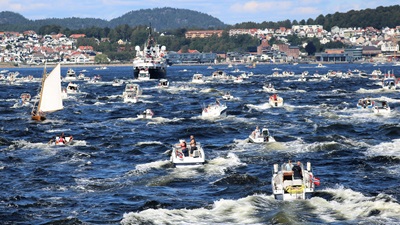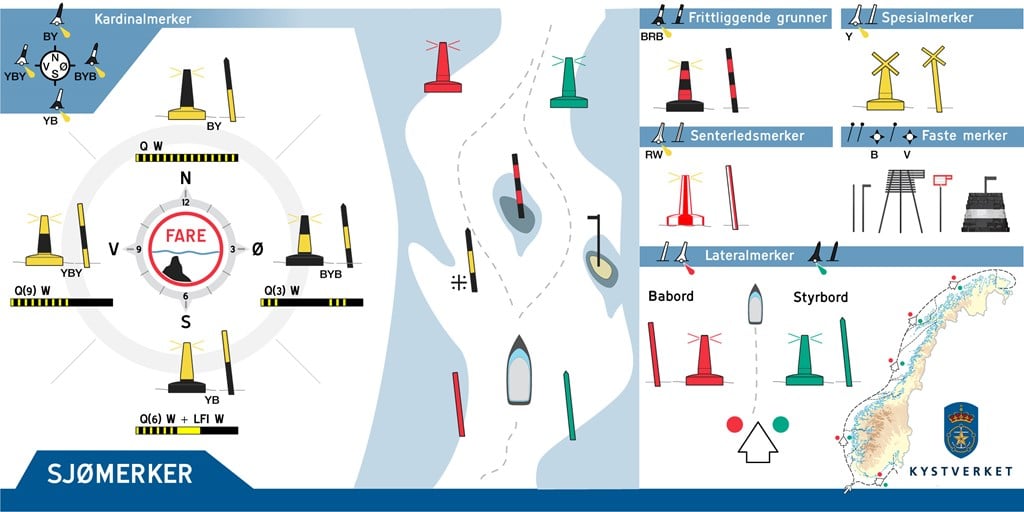Code of Conduct for Safe Boating
- Think safety. Knowledge and planning reduce risks and enhance enjoyment.
- Bring the necessary equipment. Equipment must be kept in order and be readily available.
- Respect the weather and waters. Use the boat under appropriate and safe conditions only.
- Follow the International Regulations for Preventing Collisions at Sea. Provisions regarding the right of way, speed and use of lights must be complied with.
- Use a lifejacket or flotation clothing. An approved flotation device must be available for everyone on board.
- Be well-rested and sober. The maximum legal blood alcohol concentration (BAC) is 0.8 for operators of pleasure craft.
- Be considerate. Safety, environment and well-being are a shared responsibility.
Certificate of boatmanship
The regulations state that a certificate of boatmanship is required for people born in 1980 or later who will be operating a pleasure craft in excess of eight metres in length or with an engine of more than 25 hp. However, we recommend that everyone takes this test so that they can learn more about navigation, navigation marks and good sea manship.
Speed at sea
Everyone travelling by sea must follow local speed restrictions. These will vary from municipality to municipality. The local speed regulations are in addition to the International Regulations for Preventing Collisions at Sea that everyone must follow, and it is ultimately the boat operator’s responsibility to adapt the speed to the water, weather, other traffic, own skills, etc. Pleasure craft must be navigated in a way that does not entail any risk to life, health, the environment or material values. Failure to comply with speed limits increases the risk.
You can download the BåtFart app to make sure that you always receive notification of the speed limit that applies to where you are.
The most important thing to take into account is the general speed restriction, which requires boat operators to adapt the speed to the conditions. And stay alert. Always pay attention.
In ‘sheltered waters for recreation, stops, nature experiences, mooring and anchoring’, the Norwegian Coastal Administration recommends a local speed limit of 5 knots up to a distance from land of between 100 metres and 500 metres.
How can you check the speed limit in your area?
You can either check the lovdata.no website or the Norwegian Coastal Administration’s website.
You can also contact the relevant local authority directly to check whether there are any local regulations. Local speed regulations should otherwise be appropriately signposted, and the local authorities have a duty to publish information that is important for boat operators, for example on their own websites, in marinas or such like.
"Slow"
Signs saying "Sakte fart" (Slow) are only informing you about the general duty to adapt the speed to the conditions, and do not indicate a new speed restriction. These signs are only intended as a reminder that you are travelling in waters that require special considerations to be taken.

